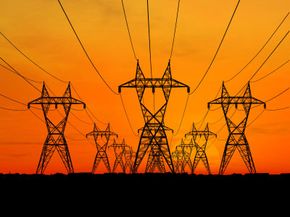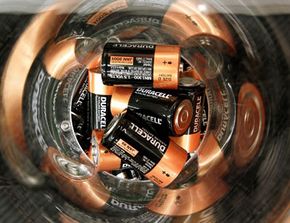Key Takeaways
- Grid energy storage is vital for preventing blackouts, managing peak demand times and incorporating more renewable energy sources like wind and solar into the grid.
- Storage technologies include pumped hydroelectric stations, compressed air energy storage and batteries, each offering different advantages in terms of capacity, speed of deployment and environmental impact.
- The economics of grid energy storage are complex but necessary for a more reliable and sustainable energy future, with costs expected to decrease as technology advances and demand for cleaner energy increases.
The outage started in Ohio, messed up traffic in Michigan, cut the lights in Canada, then brought darkness to New York City, the city that never sleeps. By the end of the Northeast Blackout of 2003, the region lost approximately $6 billion.
What do you think caused such a huge blackout -- something extraordinary? Did someone sabotage the grid? Was there an earthquake? Nope -- there was no sinister plan or natural disaster -- just a few standard hiccups. The U.S. electricity grid was operating as usual, but then its glitches added up, helped along by computer failures and some pesky trees and voilà -- about 50 million people were sans power.
Advertisement
According to Imre Gyuk, who manages the Energy Storage Research Program at the U.S. Department of Energy, we can avoid massive blackouts like the big one in 2003 by storing energy on the electric grid. Energy could be stored in units at power stations, along transmission lines, at substations, and in locations near customers. That way, when little disasters happen, the stored energy could supply electricity anywhere along the line.
It sounds like a big project, and it is. But pretty much every system that successfully manages to serve many customers keeps a reserve. Think about it. Banks keep a reserve. Supersized shops like Target and Wal-Mart keep a reserve. Could McDonald's have served billions without having perpetually stocked pantries and freezers? Because the U.S. electric grid operates on scrambling, not reserves, it is set up for trouble. See what we mean on the next page.
Advertisement

